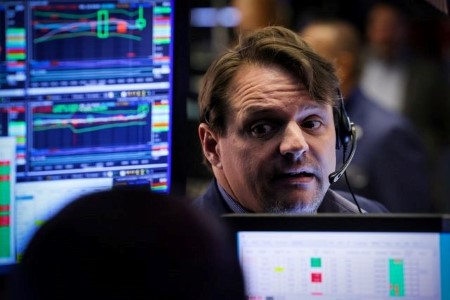March 22 – Global equity funds attracted substantial inflows in the week to March 20, driven by strong industrial and retail data from China and optimism about anticipated rate cuts by the US Federal Reserve later in the year.
According to data from LSEG, investors purchased a net USD 15.7 billion worth of global equity funds during the week after about USD 21.95 billion worth of net accumulation in the previous week.
The MSCI World Stock Index hit a new record of 785.62 following the Fed’s Wednesday announcement, which reinforced its stance on reducing rates three times this year.
Regionally, US funds led with USD 14.07 billion in inflows, the highest since mid-June 2023, while Asian funds added USD 3.29 billion, but European funds saw outflows of USD 1.91 billion.
The tech sector funds gained USD 2.12 billion in inflows during the week, the biggest amount since Feb. 14, whereas the financial sector faced sales of USD 1.02 billion. The metals & mining sector attracted USD 459 million.
Bond funds extended their inflow streak to 13 weeks, attracting USD 4.88 billion, with corporate bonds drawing USD 3.17 billion and government bonds USD 1.3 billion. However, global short-term bonds experienced USD 2.12 billion in net withdrawals.
Money market funds, meanwhile, witnessed outflows of about USD 65.9 billion, their first weekly net selling in four weeks.
Among commodities, precious metal funds broke a seven-week-long selling trend with a massive USD 1.46 billion worth of net buying, the biggest since May 2022. Conversely, energy funds suffered USD 102 million worth of outflows.
Data covering 29,715 emerging market funds showed equity funds lost USD 450 million in outflows, marking their third weekly net selling in a row. Bond funds also witnessed USD 933 million worth of net disposals in contrast to about USD 454 million worth of net purchases, a week ago.
(Reporting by Gaurav Dogra and Patturaja Murugaboopathy in Bengaluru; Editing by Shailesh Kuber)







 DOWNLOAD
DOWNLOAD













